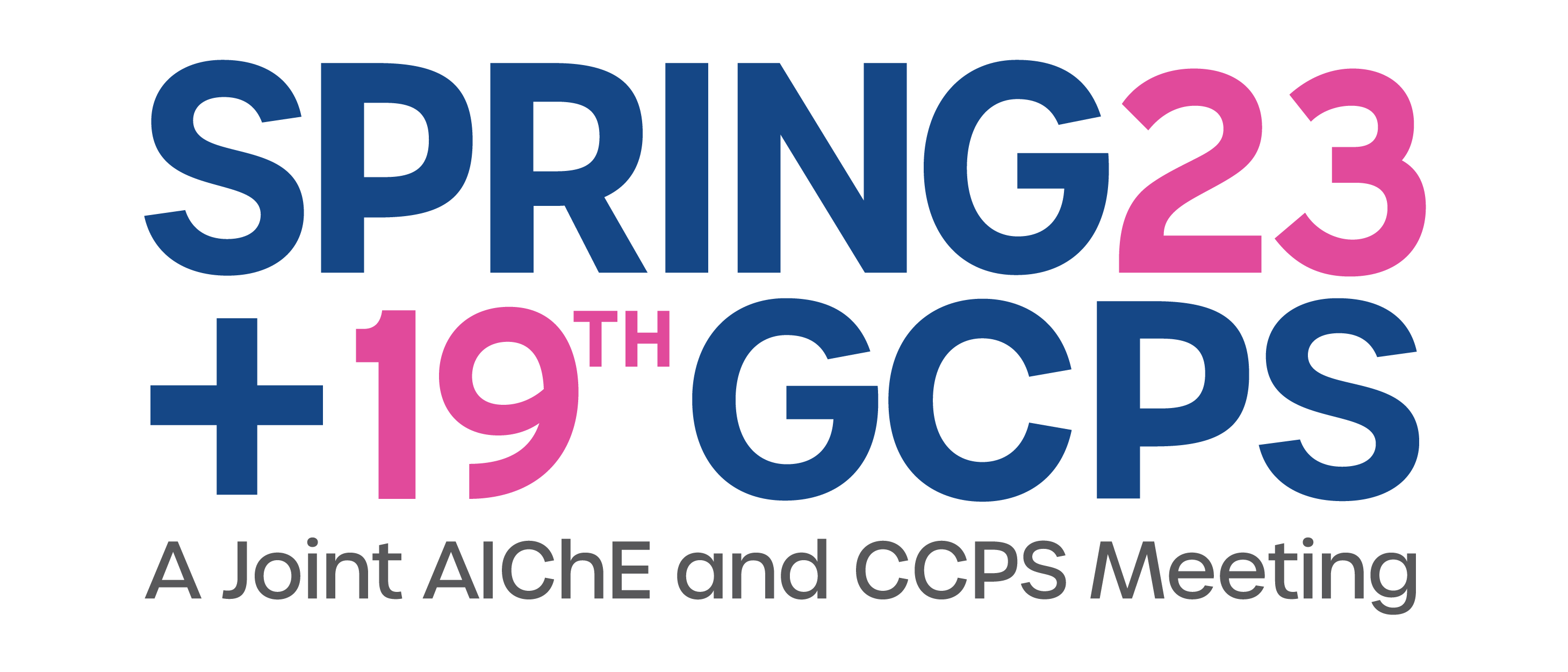

Also the economic feasibility of the electrochemical reduction of CO2 to ethylene is assessed and compared to electrified steam cracking. It is demonstrated that from a Capital expenditure and Operational expenditure point of view the electrochemical production of ethylene from CO2 is not feasible under the current market conditions. Even in the case that the renewable electricity price would be zero, the feasibility is hampered by the state-of-the-art catalyst performance (selectivity) and the cost of the electrochemical reactor. Turning the installation on and off, if this would be even practically possible, is not interesting because our study shows that because of the high Capital expenditure, the payback time of the process would become unacceptably high. Finally, because of the high electricity requirement, this Carbon Capture and Utilization process has a lower CO2 avoidance potential than the substitution of gray electricity by green electricity. This means that today the available green electricity would best be used to close coal and gas based power plants instead of powering the electrochemical conversion of CO2 to ethylene. Electrified steam cracking on the other hand is economically interesting but the key question is to reduce the SCOPE 3 emissions.
Presenter(s)
Language
Pricing
Individuals
| AIChE Member Credits | 0.5 |
| AIChE Pro Members | $19.00 |
| Fuels and Petrochemicals Division Members | Free |
| AIChE Graduate Student Members | Free |
| AIChE Undergraduate Student Members | Free |
| AIChE Explorer Members | $29.00 |
| Non-Members | $29.00 |
